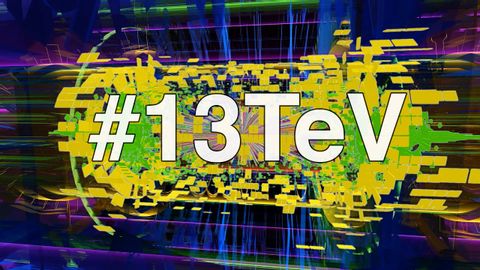
字幕と単語
動画の中の単語
trigger
US /ˈtrɪɡɚ/
・
UK /'trɪɡə(r)/
- n.引き金;事を開始する装置;きっかけ;トラウマの引き金;トリガー (電子工学);トリガー (コンピュータ);トリガー (釣り)
- v.t.引き起こす;引き起こす;反射を引き起こす
B1 中級
もっと見る measure
US /ˈmɛʒɚ/
・
UK /ˈmeʒə(r)/
- n. (c./u.)手段 : 方策;計量器;単位;程度;小節
- v.t.評定する : 見積もる;測る;対策を講じる
A1 初級TOEIC
もっと見る record
US /ˈrekərd/
・
UK /'rekɔ:d/
- n. (c./u.)最高記録;(音楽の)レコード;経歴;記録
- v.t.記録を破る;記録する;録音する : 録画する
A1 初級TOEIC
もっと見る エネルギーを使用
すべての単語を解除
発音・解説・フィルター機能を解除
